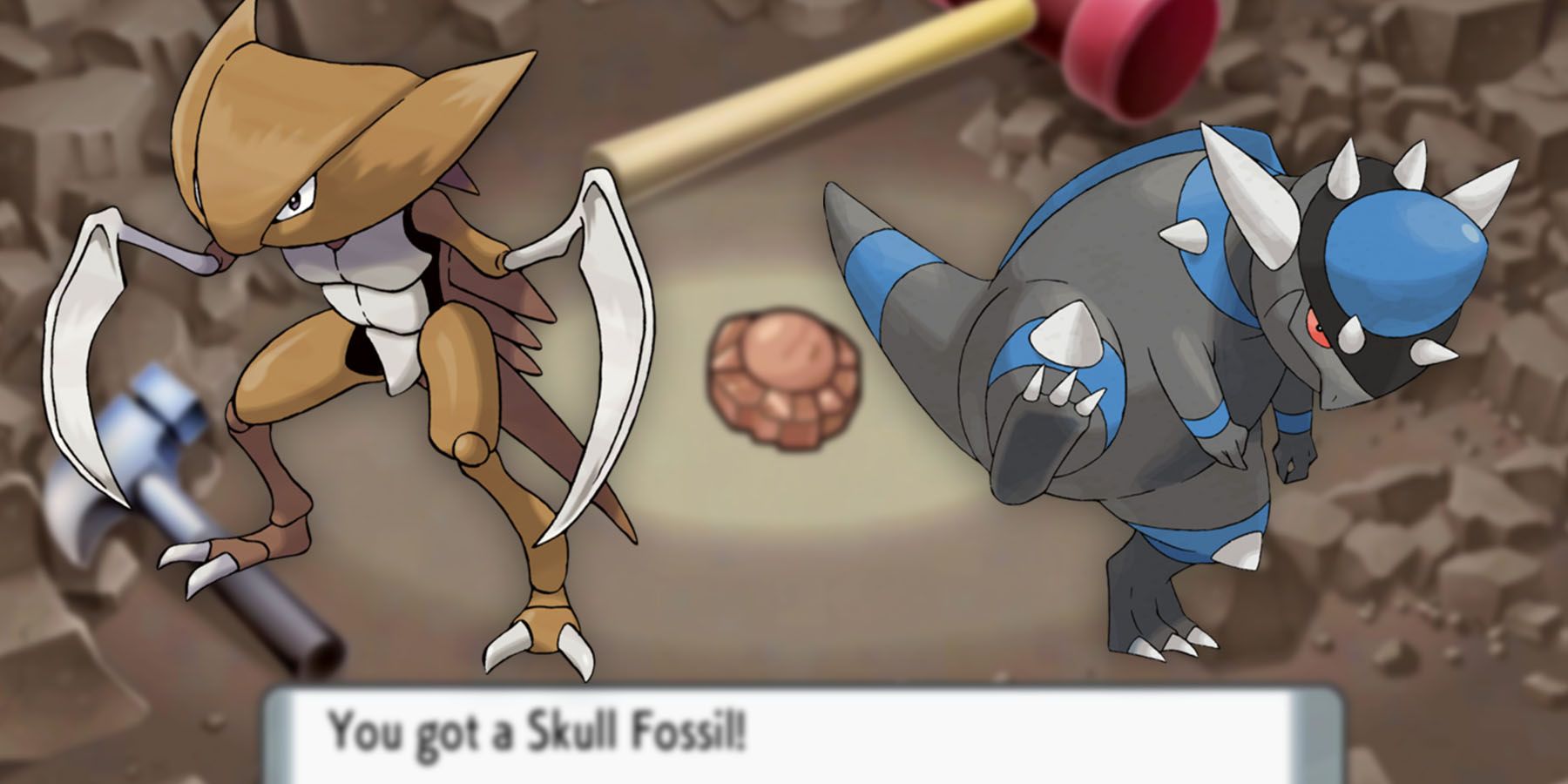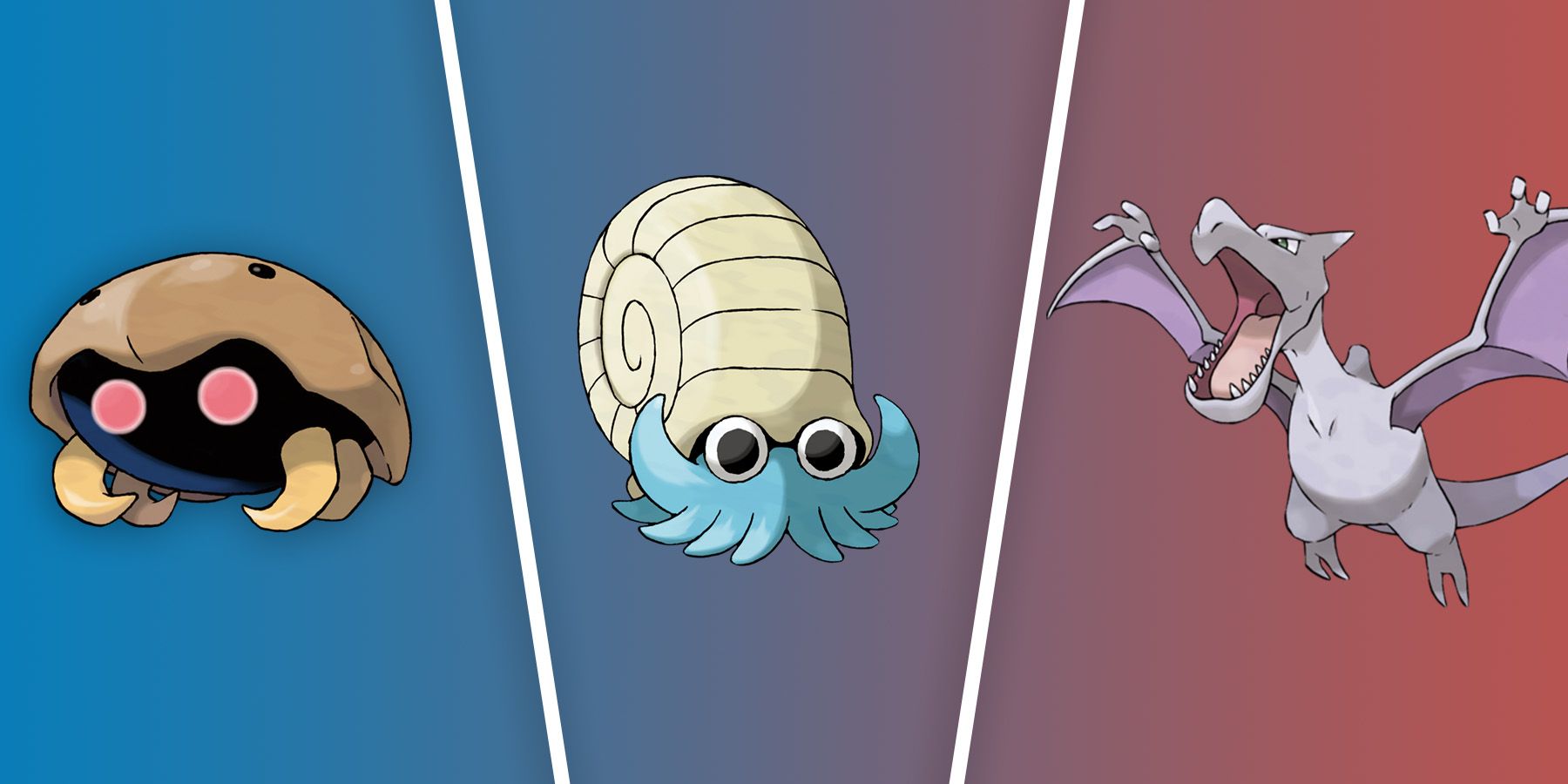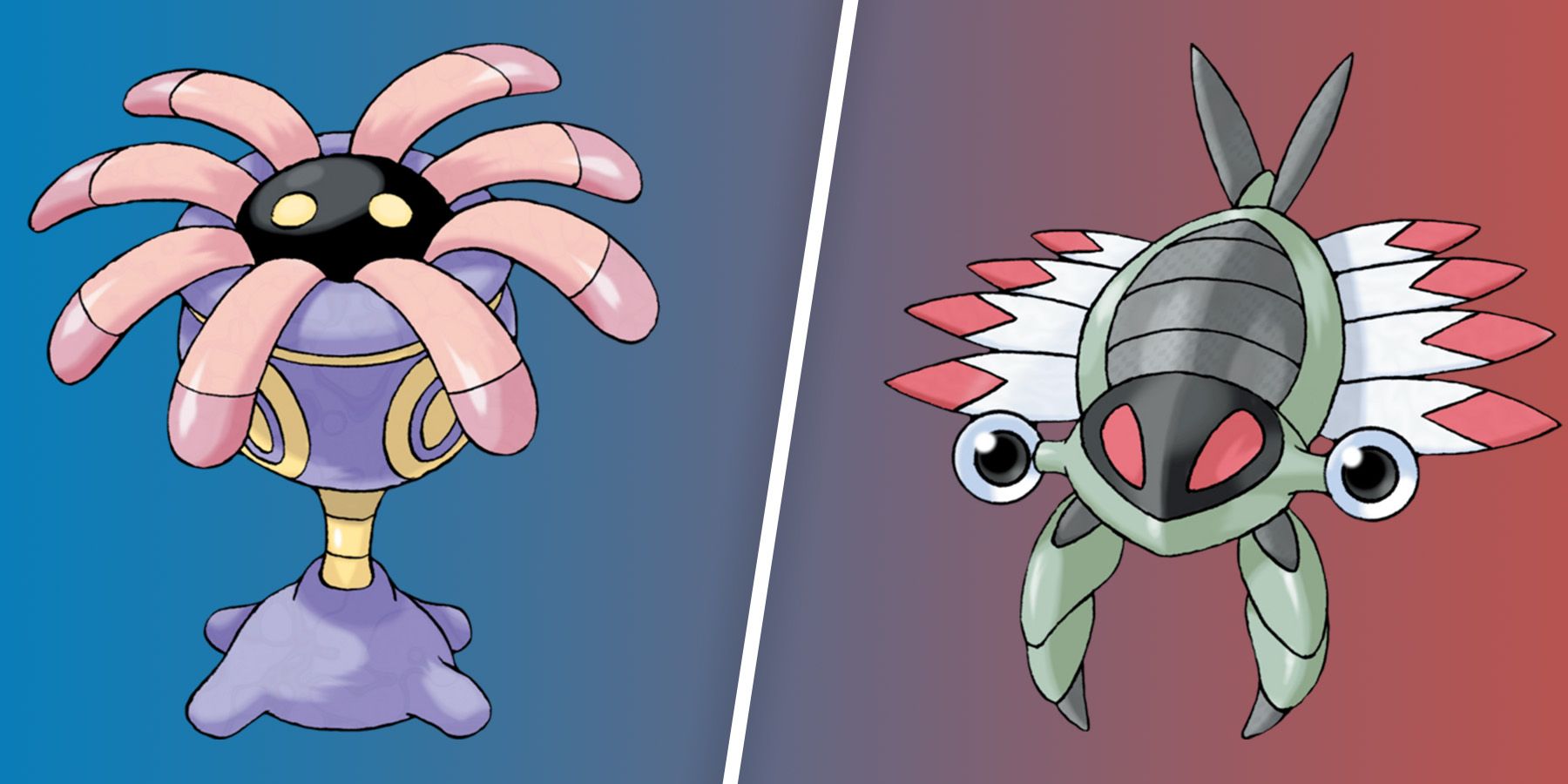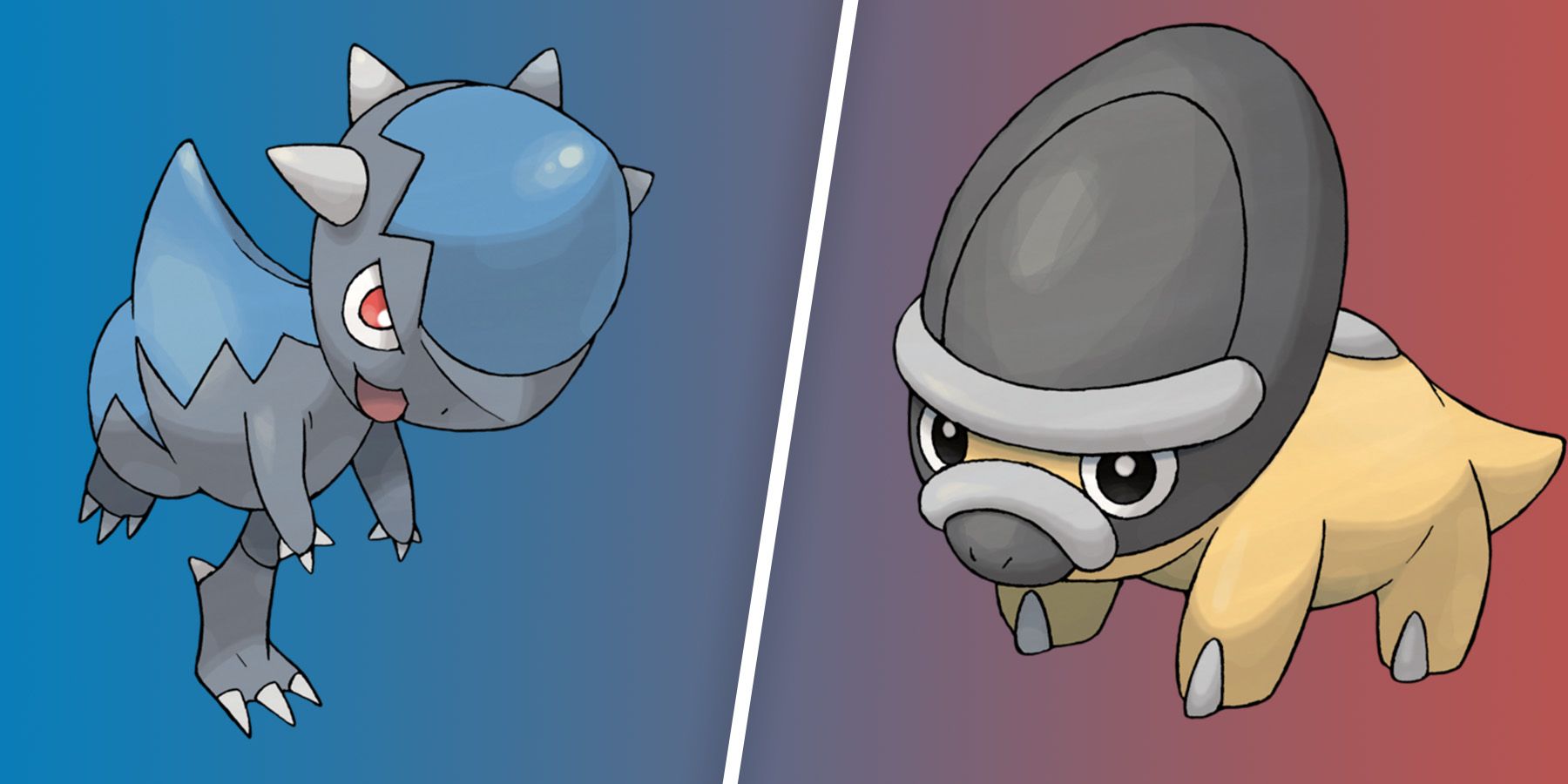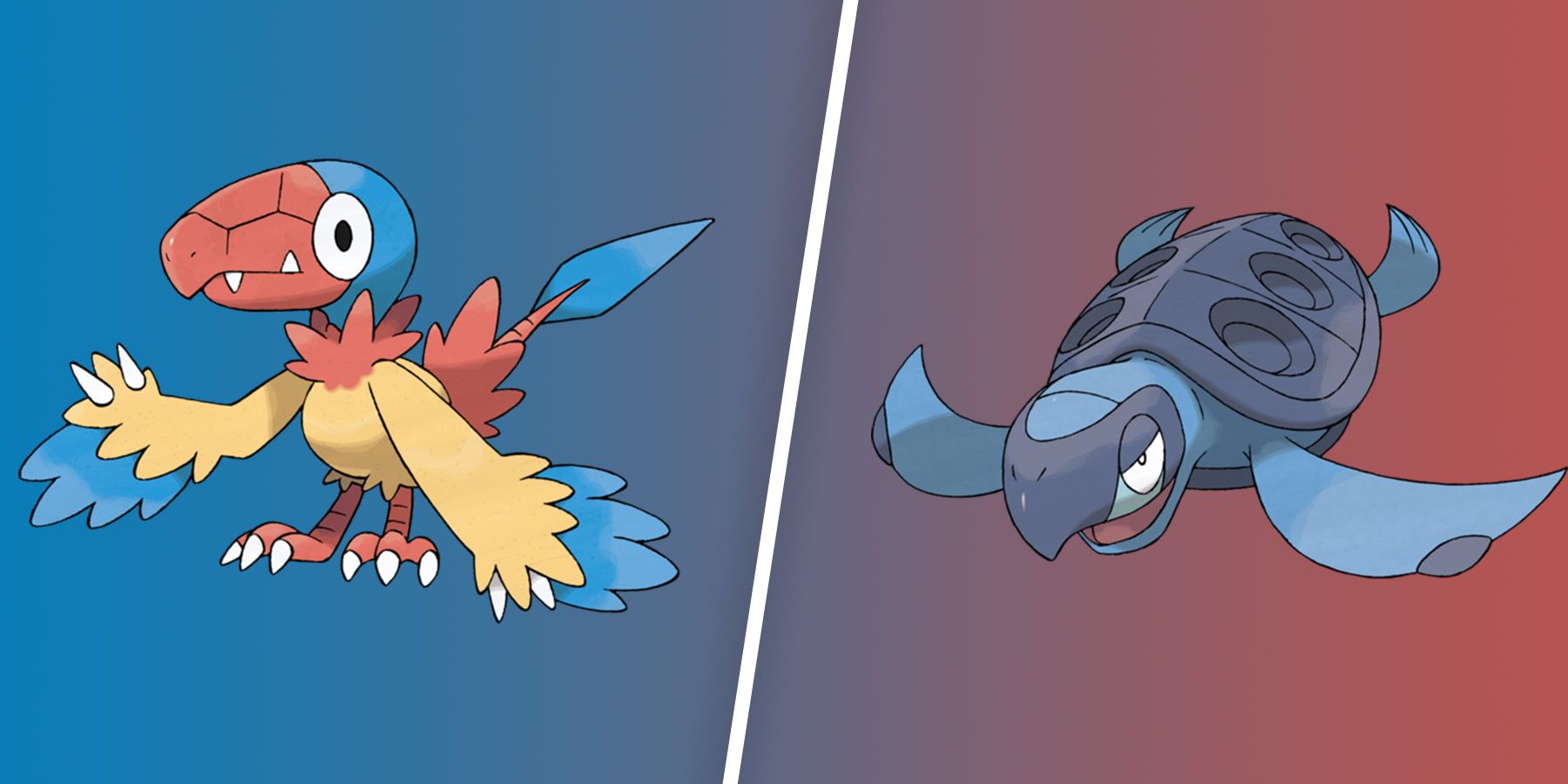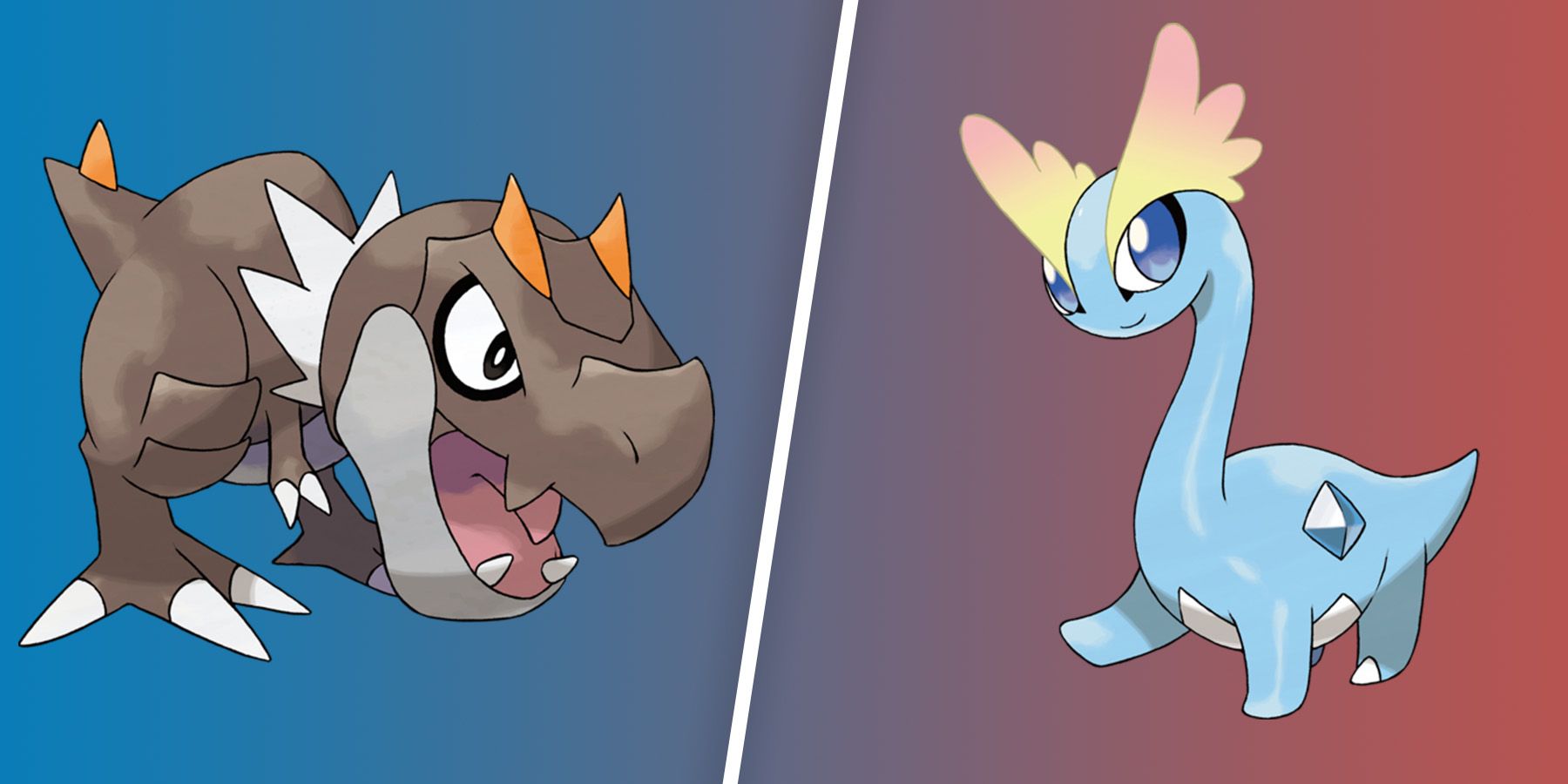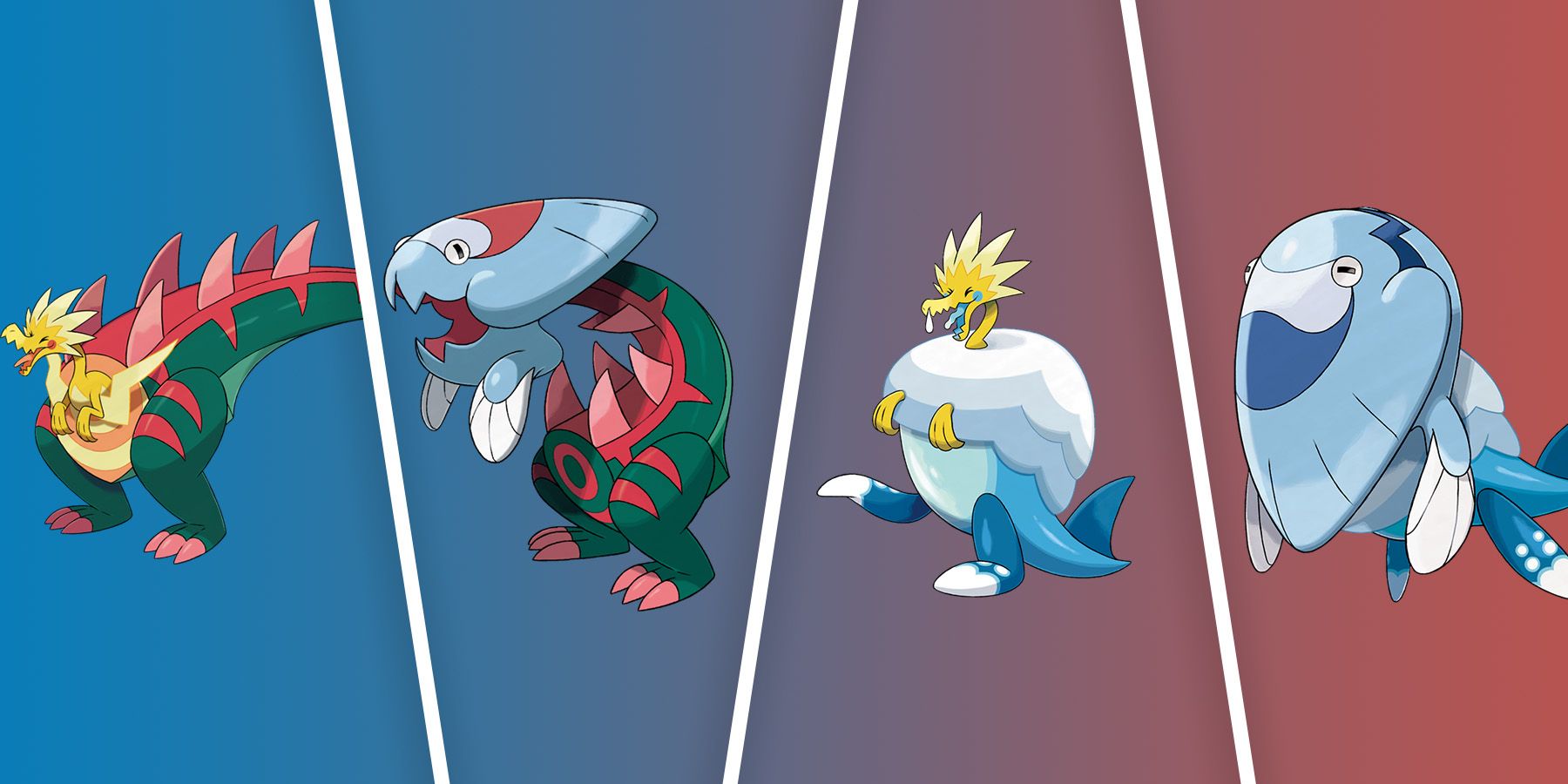Pokemon Scarlet and Violet are among the few entries in the franchise that omit the fossil mechanic, which allows players to revive extinct creatures in the modern day from fossils of their ancestors. The most recent games introduced Paradox Pokemon as a similar angle on bringing critters from various time periods into the present day. Pokemon Scarlet's Paradox Pokemon are the most similar to the fossil mons of previous generations, likely existing alongside these other ancient species, but lack the classic method of revival through fossil items.
Aside from Pokemon Scarlet and Violet, only a couple of other generations have not introduced new fossilized creatures. Gen 2 and Gen 7 did not introduce any new fossils, but some previously introduced fossil Pokemon could be obtained via trade in Gen 2 or purchased and revived, as well as found in Poke Pelago in Gen 7. Pokemon Scarlet and Violet's lack of any true new fossil monsters, along with the inability to obtain any of the previously introduced fossils in Gen 9, makes their existence all the more worth remembering.
Kabuto, Omanyte, and Aerodactyl
The first generation of Pokemon introduced three fossils for player to collect: the Helix and Dome Fossils, found in Mt. Moon, and the Old Amber in the Pewter Museum. Although players could only choose one of the first two fossils, with the other being taken by a nearby Super Nerd, the Old Amber was free for players to collect once they obtained the HM Cut. Taking these fossils to the lab on Cinnabar Island would allow players to revive Kabuto from the Dome Fossil, Omanyte from the Helix Fossil, and Aerodactyl from the Old Amber. While Aerodactyl is a Rock/Flying type, both Kabuto and Omanyte are Rock/Water types, and so are their evolutions Kabutops and Omastar.
Lileep and Anorith
After skipping Gen 2, fossils returned in Gen 3 with the new Root and Claw Fossils available to Pokemon Ruby and Sapphire players in the desert of Hoenn's Route 111. Once again, only one of these fossils could be obtained initially and needed to be revived by a scientist at the Devon Corporation in Rustboro City, with the Root Fossil reviving Lileep and the Claw Fossil reviving Anorith. These two mons, and their evolutions Cradily and Armaldo, continued the trend of having Rock as the primary type for fossils; Anorith and Armaldo are Rock/Bug types, while Lileep and Cradily are Rock/Grass types.
Cranidos and Shieldon
The new fossils introduced in Gen 4 were obtained in a way unique to the series up to that point. Pokemon Diamond and Pearl players can explore Sinnoh's Underground and dig for fossils within its walls, with the Skull Fossil being exclusive to Pokemon Diamond and the Armor Fossil exclusive to Pokemon Pearl. These fossils could be revived into Cranidos via the Skull Fossil or Shieldon via the Armor Fossil at the Oreburgh City Museum. Cranidos and its evolution Rampardos are the first pure Rock-type fossil monster, while Shieldon and Bastiodon are Rock/Steel types.
Archen and Tirtouga
Gen 5 once again gave players the choice between one of two fossils: the Cover Fossil which revives Tirtouga, and the Plume Fossil which revives Archen. Players get these fossils in Relic Castle in Pokemon Black and White or from the former Nacrene City Gym Leader Lenora is Pokemon Black 2 and White 2. In both cases, players can revive fossils at the Nacrene City Museum. Tirtouga and its evolution Carracosta are both Water/Rock types, but Archen and its evolution Archeops repeat the Rock/Flying type of Gen 1's Aerodactyl.
Amaura and Tyrunt
The two new fossils added in Gen 6's Pokemon X and Y, the Jaw Fossil and the Sail Fossil, are found in Glittering Cave; the Fossil Assistant found within gives players the choice between the two. These fossils can be revived at the lab in nearby Ambrette Town, with the Jaw Fossil reviving Tyrunt and the Sail Fossil reviving Amaura. Both Tyrunt and its evolution Tyrantrum are Rock/Dragon types and both Amaura and its evolution Aurorus are Rock/Ice types. These Pokemon are notably used by the Rock-type Gym Leader Grant of Cyllage City, while Kalos' Champion Diantha uses both their evolutions.
Dracozolt, Dracovish, Arctozolt, and Arctovish
Pokemon Sword and Shield added the first non-Rock fossil Pokemon and also introduced a ridiculous new way of reviving them. There are four obtainable fossils in these games; players must bring at least one Fossilized Bird or Fossilized Fish plus one Fossilized Drake or Fossilized Dino to Cara Liss on Route 6, who will create a completely new creature by combining two of the fossils into one. The possible resulting Pokemon are the Electric/Dragon-type Dracozolt by combining the Bird and Drake, the Water/Dragon-type Dracovish with the Fish and Drake, the Electric/Ice-type Arctozolt with the Bird and Dino, and the Water/Ice-type Arctovish with the Fish and Dino.
Pokemon Scarlet and Violet are available now for Nintendo Switch.

